INTRODUCTION
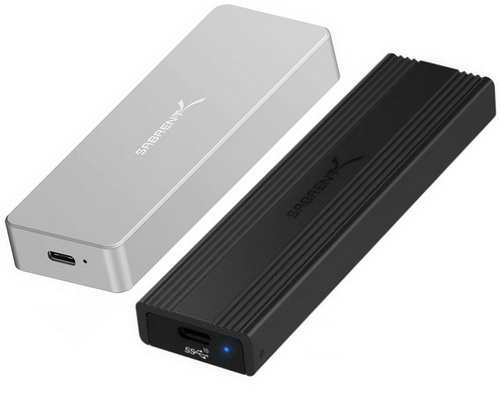
M.2 PCIe NVMe solid state drives have not only changed the way we all look at internal drives but also external ones which shouldn't really be a surprise to anyone since the market is flooded with such models. What happens however if you want an portable SSD either better than what's available in your local market or if you just have one such internal SSD lying around and you'd like to use it as an external one? Both USB 3.2 Gen 2 and Thunderbolt 3 M.2 PCIe enclosures have been around for quite some time now but most of them don't offer what users are looking for, more specifically performance, easy installation and of course optimal heat dissipation. The EC-TNFE and EC-SNVE models by Sabrent claim to offer all of the above, something which I'm about to see for myself.
Sabrent is a leading American manufacturer of computer peripherals and accessories, bringing uniquely styled quality products to consumers worldwide. Sabrent’s commitment is to offer the latest technology and the highest quality consumer electronic products at an affordable cost to everyone. Since its founding, Sabrent has consistently delivered to market a full line of computer peripherals and accessories that incorporate style, quality and the latest technologies available.
Both the EC-TNFE and the EC-SNVE are USB 3.2 Gen 2 M.2 SSD (10Gbps - both support M.2 2230/2242/2260/2280 models) enclosures made out of aluminum that feature 100% tool-free designs. Still, this is pretty much where their similarities end, for example the EC-TNFE model supports M.2 PCIe NVMe M-key solid state drives whereas the EC-SNVE supports both M.2 PCIe NVMe M-Key and SATA B-Key solid state drives. The EC-TNFE is also made by thick (3mm thinner, 7mm thicker point) CNC machined aluminum which uses a magnetic pin to hold the drive in place whereas the EC-SNVE uses a thin (3mm) yet longer aluminum enclosure (top) with an ABS frame (bottom) and a fixed pin position. Even the release mechanism is different between these two enclosures since the EC-TNFE uses a rotating ring design as opposed to the push to release button used by the EC-SNVE. Most importantly however Sabrent has used different USB 3.2 Gen 2 to M.2 SSD controllers for these enclosures, a JMicron one for the EC-TNFE and an Realtek one for the EC-SNVE. So, time to see how all of the above translate in performance, installation and temperatures.
SPECIFICATIONS AND FEATURES

PACKAGING AND CONTENTS
Both enclosures arrived inside small cardboard boxes each of which has a product picture, the company logo and the main product features at the front.
The features are printed in detail at the rear of the box right over the serial and part numbers and barcodes (another product picture is also printed at the rear of the box of the EC-TNFE).
Both packages include the drives, manuals and a registration paper (registration extends your warranty to 2 years). However, the EC-TNFE comes bundled with two cables (USB-A to USB-C and USB-C to USB-C) whereas the EC-SNVE comes with a single USB-C to USB-C cable.
THE EC-TFNE & EC-SNVE
The 108mm in length, 39mm in width and almost 12mm in thickness EC-TFNE is available in silver and black colors (although you may find more online, these however two are listed in Sabrent's website) whereas the 118mm in length, 32mm in width and 9mm in thickness EC-SNVE is available in black.

 Typically to have a better idea about size i placed the EC-SNVE and EC-TFNE enclosures right next to the CarbonX by Mushkin (review soon), Rocket Pro again by Sabrent, SE760 by ADATA, TB2-T3 by YottaMaster Z7S by NETAC and the PC60 by Silicon Power.
Typically to have a better idea about size i placed the EC-SNVE and EC-TFNE enclosures right next to the CarbonX by Mushkin (review soon), Rocket Pro again by Sabrent, SE760 by ADATA, TB2-T3 by YottaMaster Z7S by NETAC and the PC60 by Silicon Power.
Now even though the EC-TFNE enclosure is entirely made out of aluminum the base of the EC-SNVE is made out of ABS plastic.
To open up the EC-TFNE you need to raise and rotate this ring.
On the other hand, to open the EC-SNVE you just need to push this button.

 Both enclosures are compatible with M.2 2230/2242/2260/2280 solid state drives.
Both enclosures are compatible with M.2 2230/2242/2260/2280 solid state drives.
As you can all see in the above picture the EC-TNFE model uses the JMS583 USB 3.1/3.2 Gen 2 to PCIe Gen 3x2 bridge controller by JMicron.
Unlike the EC-TFNE and its JMicron USB 3.1/3.2 Gen 2 to PCIe Gen 3x2 bridge controller the EC-SNVE uses the RTL9210B PCIe/SATA bridge model by Realtek.
 For both models I’ll be using the Kioxia Exceria Plus 2TB M.2 PCIe NVMe SSD which should have no trouble topping their performance (i was going to use an Sabrent drive but i just wouldn't want anyone to think these enclosures are optimised for their own drives).
For both models I’ll be using the Kioxia Exceria Plus 2TB M.2 PCIe NVMe SSD which should have no trouble topping their performance (i was going to use an Sabrent drive but i just wouldn't want anyone to think these enclosures are optimised for their own drives).
TEST BED
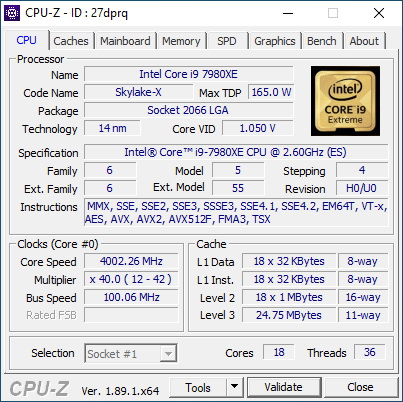

TESTING METHODOLOGY
Portable solid state drives are basically the same as USB flash drives and so we’re using almost the same testing methodology to successfully record achieved read & write performance numbers in the charts*. The benchmark suites used are HD Tach RW (Read Speeds / Long Bench 32mb Zone Testing), HD Tune Pro (Read / Write speeds), Sisoftware Sandra Titanium 2020 (Read / Write speeds), AIDA64 Engineer Edition (Average Linear / Random Read & Write speeds), Crystal Disk Mark 6.0.2 (2GB Read / Write speeds) and finally ATTO 4.00.0F2 (Max Read / Max Write speeds). Every test is repeated a total of 6 times after which the average performance numbers are recorded into those charts (0 = test was unable to complete with that drive).
All tests are performed with our main rig running Microsoft Windows 10 Pro installation on a CORSAIR MP510 960GB NVME SSD* with all updates installed up to the day we started tests.
* Since August 2019 for portable SSD tests I started using the primary test rig.
** Since May 2021 i started new charts for standalone external SSD enclosures.
TEST RESULTS - AIDA64 / ATTO


TEST RESULTS - HD TACH RW / HD TUNE PRO


TEST RESULTS - SISOFTWARE SANDRA TITANIUM / CRYSTAL DISK MARK


CONCLUSION
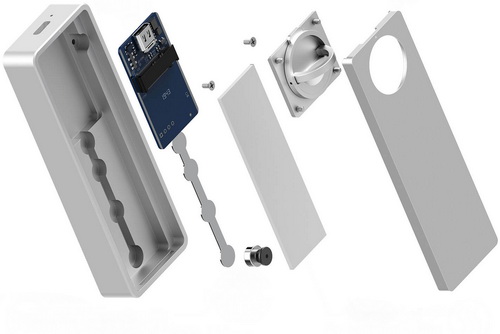
Before I talk about the external SSD enclosures at hand I need to point out once again that the average numbers are recorded in the charts. Both enclosures did surpass 1000MB/s a few times during my tests but the average results fell beneath that. With that out of the way both enclosures did very good and for the most part exchanged blows with each other. Still the EC-TFNE did come up on top by a small margin so if performance is what you’re after it’s the better choice overall. In terms of installation, I’d really have to pick the EC-SNVE however since it’s much easier/faster to open. On the other hand, in terms of looks and build quality the EC-TNFE feels like a much more premium solution (this however also means it’s slightly heavier). Another good thing about the EC-TNFE is that it comes with 2 USB cables, an USB-A to USB-C cable and a USB-C to USB-C cable which does make it compatible with a wider range of systems (not all have USB-C after all).
Currently the Sabrent EC-TFNE retails for USD44.99 inside the USA (Amazon.com) and for 36.99Euros inside the EU (Amazon.de) whereas the EC-SNVE retails for USD26.99 inside the USA (Amazon.com) and for 32.99Euros inside the EU (Amazon.de). These prices are of course extremely balanced for what you’re getting in return but as mentioned already the EC-TFNE is my pick out of the two and thus gets the Golden Award.

PROS
- Premium Build Quality (TFNE)
- Performance (10Gbps)
- Easy Installation
- M.2 Compatibility (2230/2242/2260/2280)
- M.2 PCIe & SATA Models (SNVE)
- Acronis True Image Software (TFNE)
- USB A & USB C Cables (TFNE)
- Heat Dissipation
- Price (For Some)
CONS
- M.2 PCIe Models Only (TFNE)
- ABS Base (SNVE)

 O-Sense
O-Sense





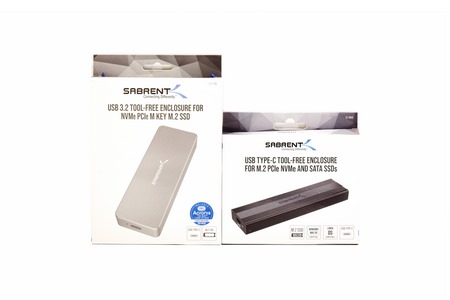




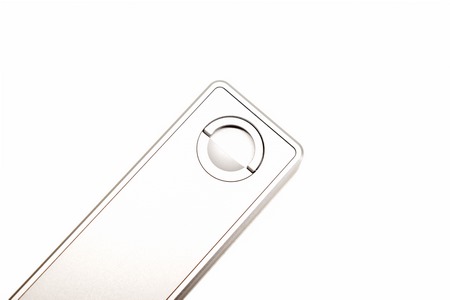






.png)

